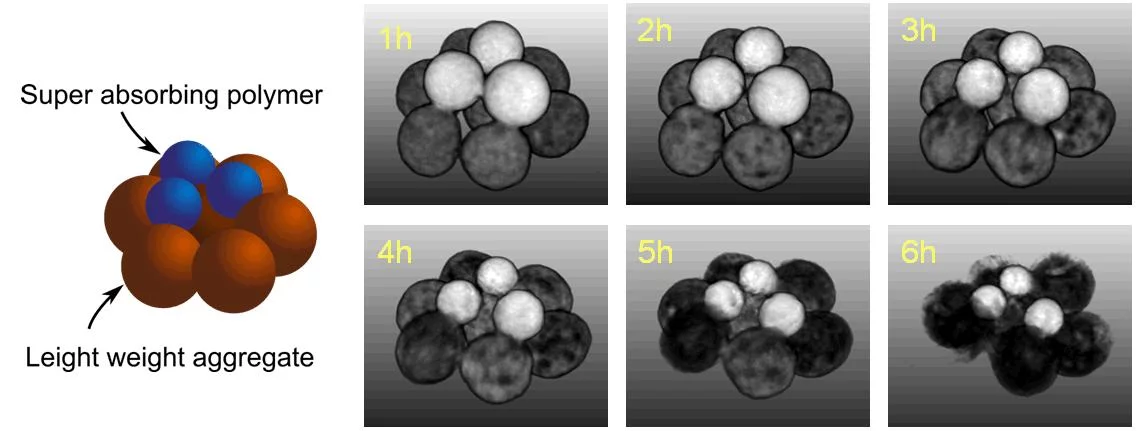Neutron radiography and tomography can trace the propagation of small amounts of hydrogenous substances within metallic casings (e.g. a combustion engine) or rock and soil matrices. Exactly triggered radiographs with short exposures can take snapshots of rapid periodic processes. Many short exposures must be usually summed in order to achieve sufficient image contrast. Non-periodic processes may also be observed if the neutron flux intensity is high and the neutron detector permits acquiring images at sufficiently high frame rate.
Dynamic processes pose an additional challenge to the acquisition of tomographies. Normally, the sample is not allowed to change during the scan. Otherwise, motion artifacts will appear. By changing the order in which the projections are acquired, it is still possible to obtain useful spatio-temporal data even though the sample is changing during the scan.
Reference
-
Kaestner A, Münch B, Trtik P, Butler L
Spatiotemporal computed tomography of dynamic processes
Optical Engineering. 2011; 50(12): 123201 (9 pp.). https://doi.org/10.1117/1.3660298
DORA PSI


